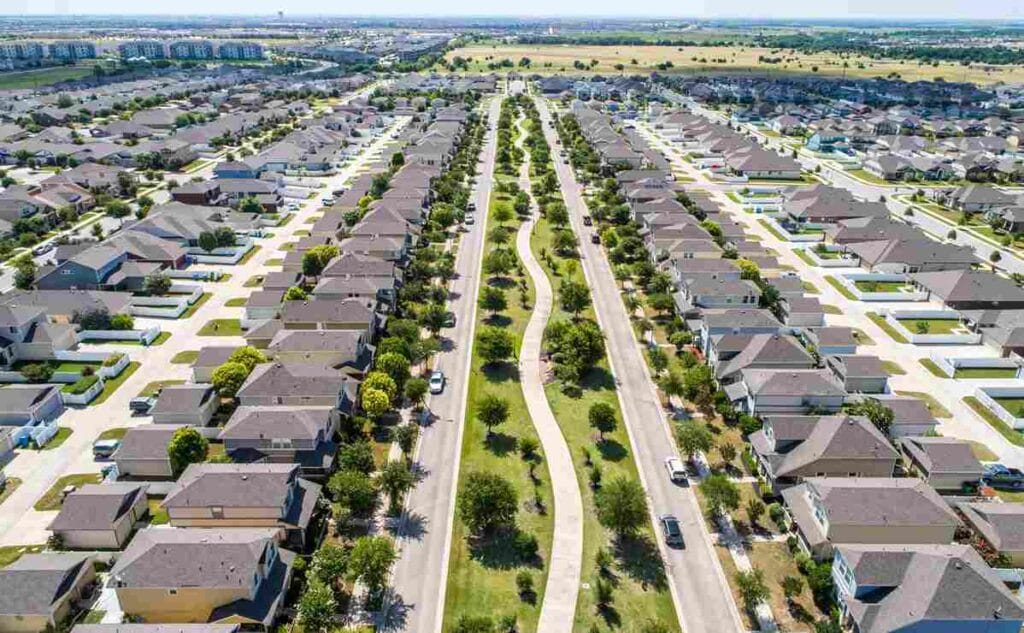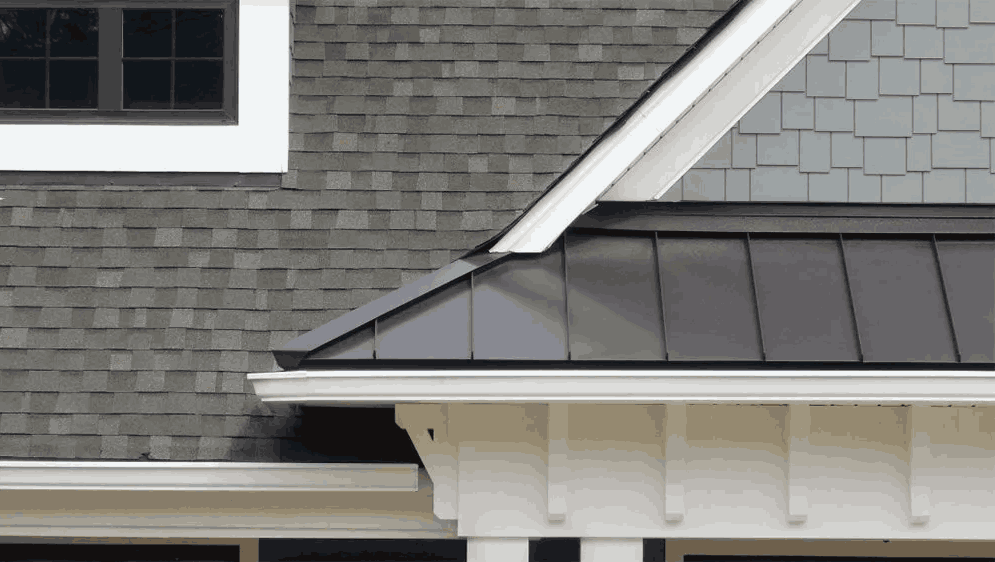
Owning a home comes with many responsibilities, and one of the most important ones is maintaining your roof.
Roofs are designed to shield us from the elements, but like all things, they can face wear and tear over time.
In fact, many homeowners face common roofing issues that, if left unchecked, can lead to expensive repairs. But don’t worry—most of these problems are preventable with the right care and attention.
In this article, you’ll learn about each of these issues, understand how they occur, and discover how to prevent them.
1. Roof Leaks
One of the most common issues homeowners face is roof leaks. They often occur when shingles are damaged or improperly installed, or when flashing becomes worn out.
Over time, water can seep into small cracks and cause major damage to your attic, ceilings, and walls.
How to Prevent Leaks:
- Regular inspections: Have a professional inspect your roof at least once a year to catch issues early.
- Fix damage quickly: Repair cracked or missing shingles and worn-out flashing as soon as possible.
- Keep gutters clean: Clogged gutters can cause water to pool on your roof, increasing the risk of leaks.
2. Missing or Damaged Shingles
Shingles are your roof’s first line of defense against the weather, but they can become loose, crack, or fall off due to wind, hail, or heavy rain. Missing or damaged shingles leave your roof vulnerable to water damage.
How to Prevent Shingle Damage:
- Check after storms: After severe weather, check for any missing or broken shingles.
- Upgrade your materials: Use high-quality, weather-resistant shingles that can withstand hot and stormy climate.
- Hire a professional: Ensure your shingles are properly installed by a licensed contractor.
3. Clogged Gutters
Clogged gutters are more than just a nuisance. When gutters are filled with debris like leaves and twigs, they prevent proper water drainage, which can lead to roof damage. Water that overflows can seep into your roof and walls, causing leaks and mold growth.
To prevent this, regular gutter maintenance is essential. If your gutters are damaged or detached you may need to replace or reinstall them.
How to Prevent Clogged Gutters:
- Clean your gutters regularly: Twice a year is recommended, especially in the fall when leaves are abundant.
- Install gutter guards: These can help keep debris out and reduce the frequency of cleaning.
- Check for proper drainage: Make sure water flows freely through your gutters and downspouts.
4. Poor Roof Ventilation
Proper ventilation is crucial for maintaining the temperature and moisture levels in your attic. Without adequate airflow, heat and moisture can build up, causing shingles to warp, mold to grow, and your energy bills to skyrocket.
How to Prevent Ventilation Issues:
- Install adequate vents: Ridge vents, soffit vents, and gable vents allow for proper air circulation.
- Inspect attic insulation: Ensure your insulation isn’t blocking vents, which could trap heat and moisture inside.
- Consult a professional: Have a roofing expert assess your ventilation system and recommend improvements if necessary.
5. Pooling Water
Flat or low-sloped roofs are especially prone to pooling water, which occurs when water doesn’t drain properly after rain. Over time, standing water can weaken the roof, causing leaks, mold, and even structural damage.
How to Prevent Pooling Water:
- Ensure proper drainage: If you have a flat roof, make sure it has a slight slope to allow water to run off.
- Clear debris: Keep your roof clear of leaves, twigs, and other debris that can block water flow.
- Waterproof your roof: Consider applying waterproof coatings designed to create a barrier between your roof and water, reducing the chances of pooling and leaks.
6. Damaged Flashing
Flashing is used to seal roof joints, such as around chimneys, skylights, and vents. Over time, flashing can crack, rust, or separate from the roof, allowing water to seep in.
How to Prevent Flashing Problems:
- Check flashing during inspections: Include flashing in your routine roof checks to catch any damage early.
- Use durable materials: When installing or replacing flashing, opt for high-quality, weather-resistant materials.
- Hire a professional for repairs: Flashing repair requires precision, so it’s best left to an experienced roofer.
7. Tree Damage
Trees provide shade and beauty to your yard, but they can also be a danger to your roof. Overhanging branches can scrape against shingles, and falling limbs can puncture the roof during a storm. Even leaves that collect on the roof can trap moisture, leading to rot.
How to Prevent Tree Damage:
- Trim overhanging branches: Keep trees pruned to ensure no limbs are too close to your roof.
- Remove dead or weak trees: If a tree is dying or structurally unsound, remove it before it causes damage.
- Clear debris: After storms, clear away any leaves or branches that have accumulated on your roof.
8. Moss and Algae Growth
Moss and algae thrive in damp, shaded areas and can grow on your roof, particularly if it’s in a humid or wooded area. While moss might look charming, it can actually damage your roof by trapping moisture and causing shingles to degrade over time.
How to Prevent Moss and Algae:
- Install zinc or copper strips: These metals are toxic to moss and algae, preventing growth when they rain down onto the roof.
- Clean your roof regularly: If you notice moss or algae starting to form, remove it promptly with a gentle roof cleaner.
- Keep your roof dry: Trim back any trees or branches that shade the roof, and ensure proper drainage.
9. Wear and Tear
Even the best roofs have a lifespan. Most roofs last between 20-30 years, depending on the materials used and the climate. As roofs age, shingles may start to curl, crack, or wear away, increasing the risk of leaks and other damage.
How to Manage Roof Aging:
- Regular inspections: As your roof gets older, frequent checks become even more important.
- Plan for replacement: If your roof is nearing the end of its lifespan, start budgeting for a replacement rather than waiting for a major issue to arise.
- Consider an upgrade: When it’s time to replace your roof, consider upgrading to more durable, long-lasting materials.
Conclusion
These common roofing issues might seem small now, but left unchecked, they can turn into a homeowner’s nightmare. Protecting your home doesn’t have to be complicated. With regular maintenance, the right materials, and professional help, you can extend your roof’s life and avoid expensive problems down the road.
Key Takeaways
- Regular maintenance and inspections can prevent many common roofing issues, such as leaks, shingle damage, and clogged gutters.
- Proper ventilation and drainage are crucial for maintaining a healthy roof.
- Tree trimming and debris removal are simple steps that can save your roof from major damage.
If your roof is showing signs of age, start planning for a replacement to avoid bigger problems down the road.
Why Choose Roofer.com?
At Roofer.com, we understand that common roofing issues can feel overwhelming. That’s why we offer professional inspections, repairs, and replacements to ensure your roof is always in top condition.
Our team uses cutting-edge drones and AI technology to provide accurate and efficient inspections, so you know exactly what’s going on with your roof. Whether you’re dealing with leaks, missing shingles, or just want to keep your roof in great shape, we’ve got you covered.




